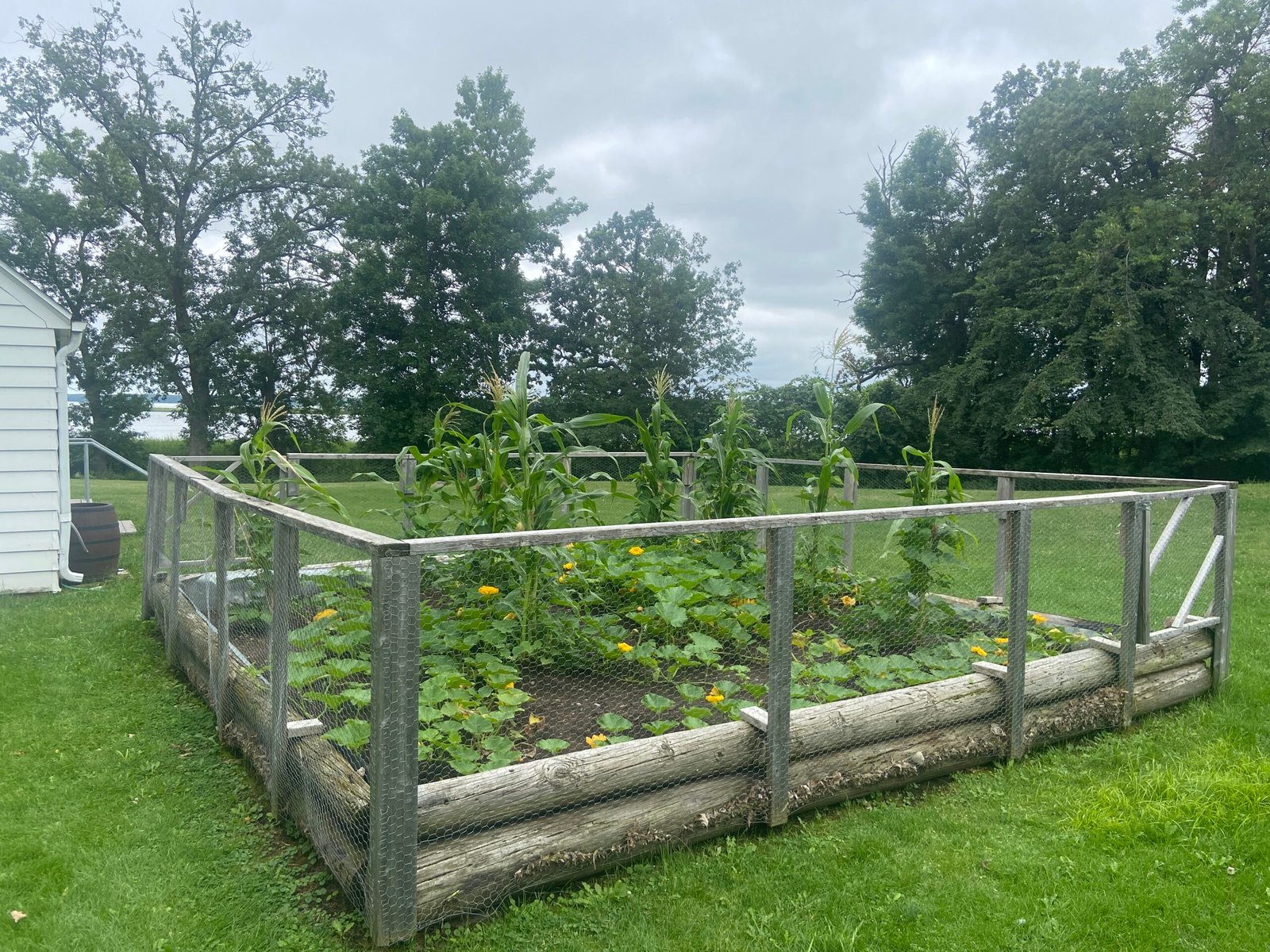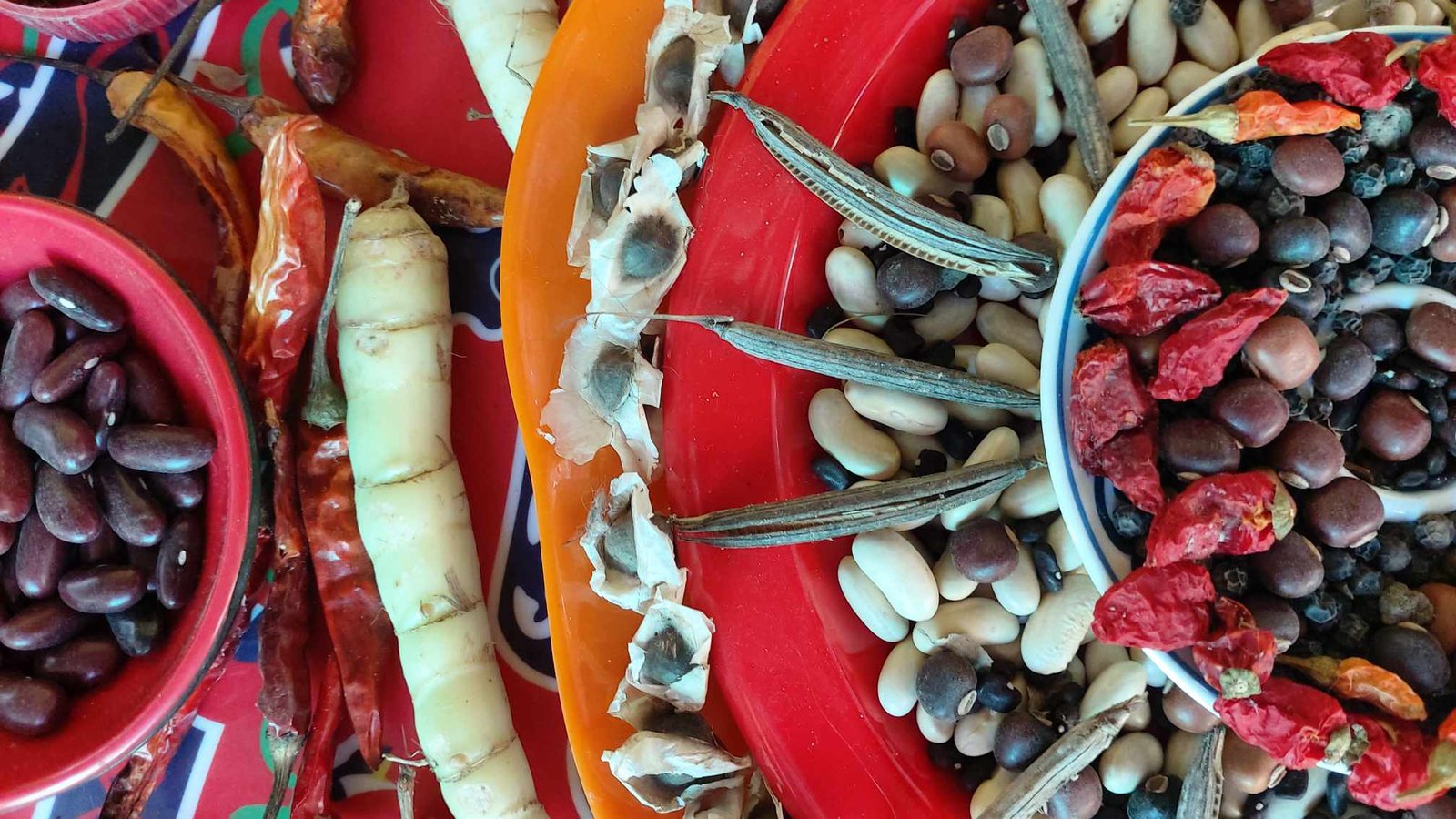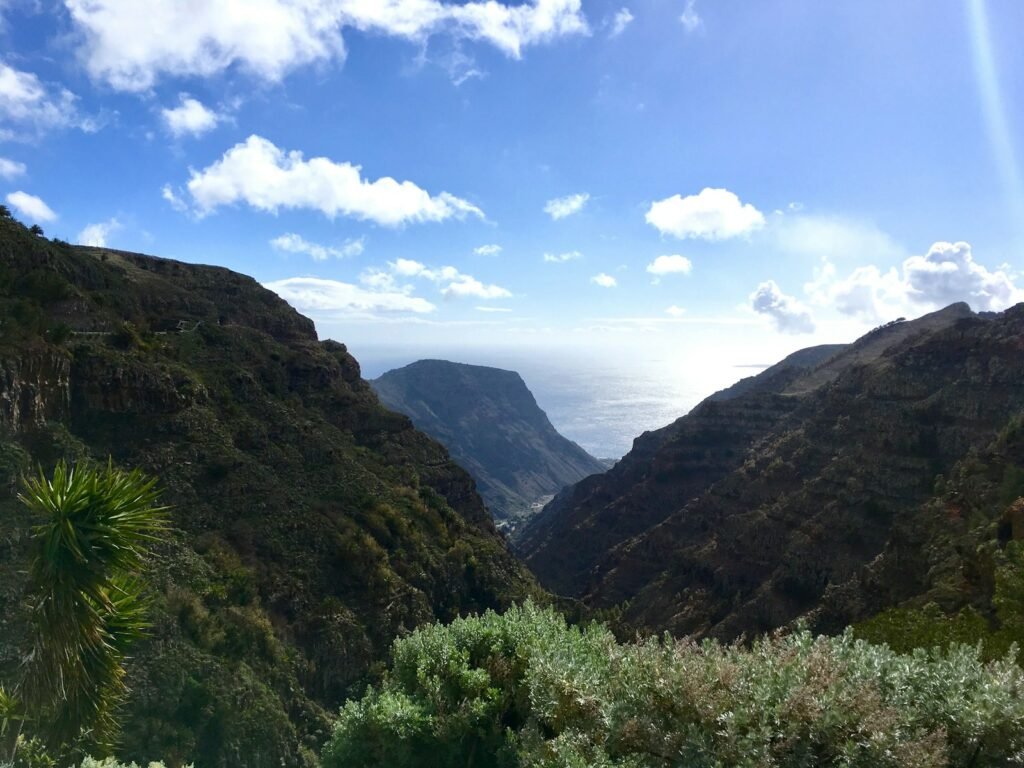Imagine stepping into a garden where every plant tells a story—stories of resilience, ingenuity, and a deep connection to the land. The Choctaw Garden is not just a plot of earth in Mississippi; it is a living testament to centuries of knowledge passed down through generations. Here, ancient crops that once nourished the Choctaw people are being brought back to life, painting a vivid tapestry of history, culture, and hope. This is more than gardening—it’s an act of revival, a bridge between past and present, and a powerful reminder of what we stand to gain by honoring nature’s wisdom. Are you ready to discover how the soil beneath our feet can help reclaim lost heritage and feed a brighter future?
The Roots of Choctaw Agriculture

Long before the arrival of European settlers, the Choctaw people cultivated the land that would become Mississippi with remarkable skill. Their agricultural traditions were shaped by a profound understanding of local ecosystems, observing seasonal changes and the needs of their crops. Corn, beans, and squash—often called the “Three Sisters”—formed the cornerstone of Choctaw gardens, thriving together in a harmonious cycle. These crops weren’t just food; they were integral to ceremonies, storytelling, and social life. The Choctaw saw their gardens as living partners, full of spirit and meaning. Today, as these ancient methods are rediscovered, they serve as a powerful reminder that sustainable agriculture is not a new idea but a deep-rooted tradition.
Rediscovering Forgotten Seeds

Many of the seeds once treasured by Choctaw farmers nearly disappeared with the pressures of colonization, forced relocation, and modern agriculture. Yet, some families secretly safeguarded them, passing them down like precious heirlooms. Today, organizations and individuals comb seed banks, old family gardens, and oral histories to recover these ancient varieties. Each seed is a tiny time capsule, holding genetic traits adapted to Mississippi’s unique soil and climate. The excitement is palpable when a forgotten bean or rare corn kernel sprouts after decades, symbolizing both survival and hope. This process isn’t just about food—it’s about reclaiming lost identity and healing generational wounds.
Science Meets Tradition in the Choctaw Garden
Reviving ancient crops isn’t simply a nostalgic endeavor; it’s a scientific journey. Researchers collaborate with Choctaw farmers to analyze soil health, climate resilience, and crop yields. DNA analysis of heritage seeds uncovers unique strengths, such as drought tolerance or resistance to local pests. These discoveries are shared within and beyond the tribal community, sparking new conversations about food security and environmental stewardship. By blending traditional wisdom with modern science, the Choctaw Garden becomes a laboratory for sustainable agriculture, proving that old knowledge can yield new solutions.
The Three Sisters: A Perfect Partnership

At the heart of the Choctaw Garden is the ingenious “Three Sisters” planting method. Corn provides a sturdy stalk for beans to climb, beans fix nitrogen in the soil to nourish all three plants, and squash sprawls along the ground, shading out weeds and retaining moisture. This polyculture system is a marvel of ecological engineering, maximizing yield while minimizing labor and chemical inputs. It’s a living lesson in cooperation—not just among plants, but among people and the land. Witnessing the Three Sisters thrive is like watching a carefully choreographed dance, where every move brings balance and abundance.
Healing the Land, Healing the People
For many Choctaw families, reviving ancient crops is about more than food—it’s about healing. Centuries of displacement and loss have left scars, but reconnecting with ancestral land and heritage offers a sense of belonging and pride. Working the soil, telling old stories, and tasting traditional foods help restore cultural memory and community bonds. Studies show that gardening improves mental health, and for the Choctaw, this effect is even deeper—each harvest is a celebration of survival and resilience. The garden becomes a sanctuary, nurturing both body and spirit.
Challenges of Reviving Ancient Crops
Bringing ancient crops back to Mississippi’s fields is not without challenges. Modern agriculture favors uniform, high-yield varieties, leaving little space for traditional seeds. Climate change introduces new uncertainties, threatening the delicate balance these crops once enjoyed. There are also bureaucratic hurdles—land access, funding, and recognition of Indigenous knowledge can be difficult to secure. Yet, these obstacles spark creativity and determination. Each setback is met with a spirit of adaptation, much like the crops that have weathered centuries of change.
Community Involvement and Education

The Choctaw Garden thrives on community participation. Elders share planting techniques and stories, while younger generations bring energy and curiosity. Schools host workshops, teaching children how to plant seeds, tend soil, and respect the rhythms of nature. Festivals and harvest feasts invite neighbors to taste traditional dishes and learn about Choctaw history. By making the garden a communal space, the project sows seeds of understanding and appreciation that grow far beyond its borders. Every new gardener becomes part of the cycle, ensuring these traditions endure.
Economic and Nutritional Impacts
Ancient crops aren’t just culturally significant—they’re nutritious and potentially profitable. Many heritage varieties are rich in vitamins, minerals, and fiber, offering health benefits that surpass modern processed foods. As interest in local and Indigenous foods rises, Choctaw-grown produce finds its way to farmers’ markets and restaurants, supporting livelihoods and boosting the local economy. By integrating traditional crops into contemporary food systems, the Choctaw Garden proves that heritage can be both meaningful and marketable.
Preserving Biodiversity for Future Generations
Every seed planted in the Choctaw Garden helps preserve genetic diversity, a vital resource in an era of climate uncertainty. These crops carry traits honed over centuries—resilience to drought, resistance to pests, and adaptability to local soils. By saving and sharing seeds, the Choctaw community protects a living library of solutions for future challenges. This commitment to biodiversity isn’t just about survival; it’s a gift to the children and grandchildren who will inherit the land. In this way, the garden becomes a bridge between generations, connecting past wisdom with future hope.
Inspiring a Movement Beyond Mississippi
The revival of Choctaw agriculture radiates far beyond the boundaries of Mississippi. Other Indigenous nations and local communities look to the Choctaw Garden as a model of resilience, stewardship, and renewal. Workshops, seed exchanges, and storytelling sessions spread the movement to new places, creating a network of gardens that celebrate heritage and sustainability. Even those with no ancestral ties to the Choctaw find inspiration in this story—proof that anyone can reclaim lost traditions and nurture the earth. The Choctaw Garden’s message is simple but powerful: we are all caretakers of the soil, and by honoring the past, we can shape a healthier, more connected future.



